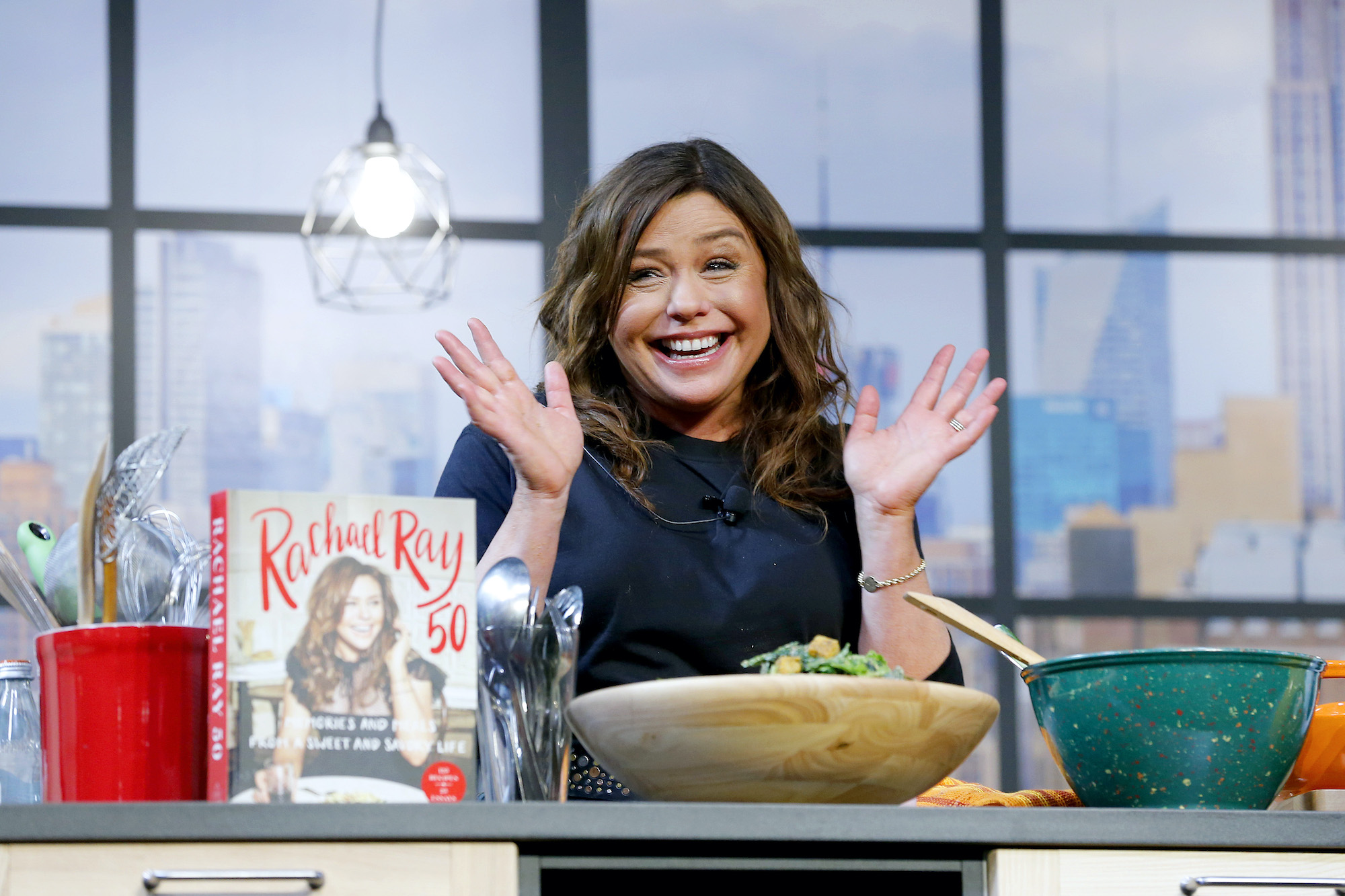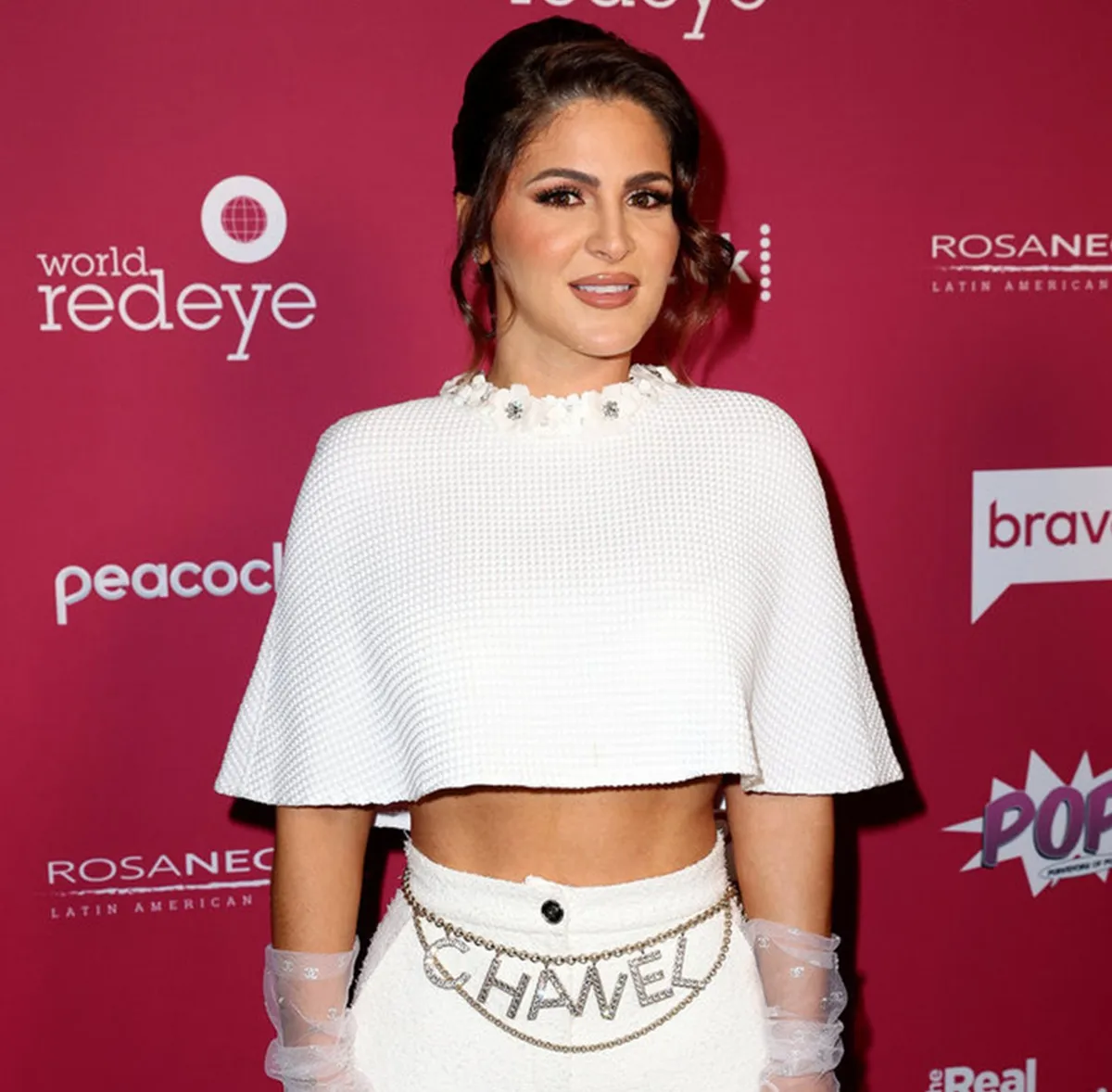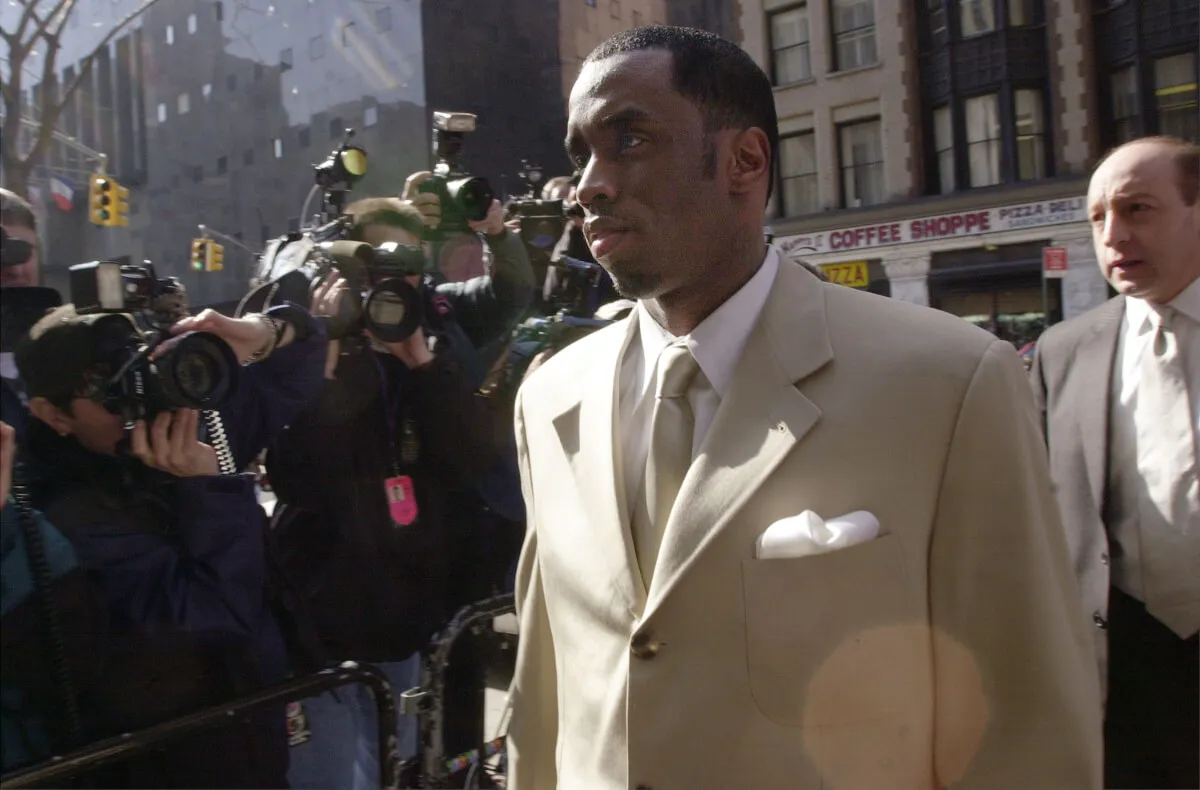Why Your Home-Cooked Food Never Looks as Good as Rachael Ray’s
If you have ever watched a home cooking program on channels such as the Food Network, you’ve probably noticed that the food on the show looks absolutely gorgeous.
Even though these shows usually present chefs cooking in their home kitchens and making recipes that the audience can copy in their own kitchen, the end results for the hosts are almost always highly polished and look beautiful.
Fans trying to recreate these recipes at home usually don’t end up with food that looks the same as the food on the show. Even the more down-to-earth shows like Rachael Ray’s 30 Minute Meals that are aimed at audiences with less time and cooking resources show very aesthetically pleasing food that might not match what viewers make at home.
So what causes this? Why can’t you match up to these television chefs?
How food styling works

There is actually an entire art form and industry dedicated to making food look good on camera. Food styling is the practice of manipulating food to make it look especially good for an audience, and food stylists are dedicated to making a plate of food look amazing. Most of this work happens behind the scenes; all viewers see is the end result: beautiful, appetizing food.
Food stylist have a barrage of different techniques that they use to make these beautiful layouts. And while you may not have all the resources of a professional food stylist working for a major television show or magazine, you may be able to use some of these techniques in your own kitchen.
Making Food Network food look good
When presenting food, there are many different things to keep in mind. If you’ve ever watched a cooking competition show like Chopped or Cutthroat Kitchen, then you know that plating and the layout of food on a plate are important.
Professional chefs and professional food stylists put a lot of thought into what kind of food goes onto the plate, and where. Like any piece of art, your plate shouldn’t be too sparse or too busy, and you want to think about the colors on your plate (yet another good reason to eat fresh fruits and vegetables!)
If you’re filming or photographing your food, there are more factors you need to think about. One of these factors is your background. We actually perceive colors based on the other colors around them — a background that’s too bright might make your food look washed out and pale.
Lighting is also incredibly important, and can totally change how food looks in your photo or video. If your Instagram photo doesn’t look as good as you’d hoped, try changing your flash settings, letting in some natural light, or otherwise changing the lighting in the room. It absolutely makes a difference.
Professional food secrets
But while there is a lot a home cook can do to make their food pictures look good, most of us still are no match for professional food stylists. On top of their education and experience in things like color theory and photography, food stylists have tricks up their sleeves that most of us would never dream of.
An LA Weekly interview with TV food stylist Shanti Hinojos discussed her techniques for making food look extra appetizing on screen.
TV food stylists have extra leeway because they don’t have to use actual food. Hinojos will do things like add marbles to soup so the ingredients can’t sink, put towels in foods that need extra padding, and when it’s a food that’s hard to keep from falling apart, she’ll even completely replace it — for example, using flour and frosting for ice cream.
While these tricks make delicious looking plates, it’s pretty clear that recreating them in your home kitchen isn’t the best idea when cooking for friends or family.
While cooking shows present authenticity by putting cooks in a staged kitchen, we ultimately have to remember that nearly everything on television is staged in some way.
Your food might not look as good as Rachael Ray’s, but you’re not propping it up with foam wedges and toothpicks, or drawing on grill marks with charcoal.
So the next time you follow a recipe from a show and are disappointed that your version looks different, don’t worry about it! As long as it tastes good, you’ve succeeded.


